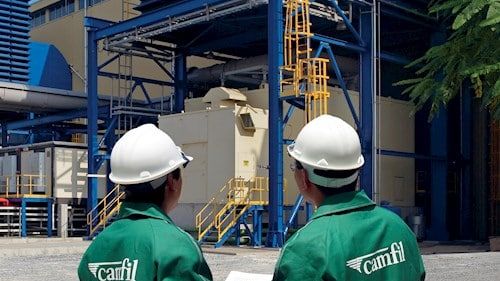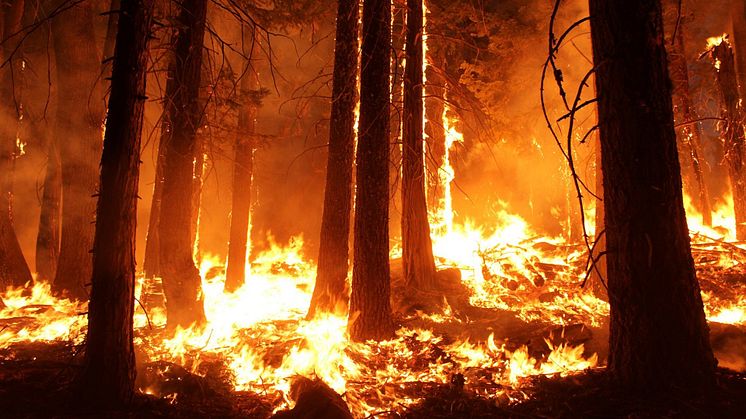
Blog post -
Dust Collection
Many construction jobs – including cutting, drilling, grinding, sawing, chiselling and breaking during demolition work – can create high dust levels, especially if the work is indoors or in enclosed or poorly-ventilated areas.
And manufacturing in a factory also involves the spread of potentially dangerous dust particles which must be neutralised to protect people’s health.
The struggle to implement effective dust control is so ubiquitous that firms up and down the UK are being targeted by the Health and Safety Executive (HSE) in a series of inspections. Over the coming weeks, HSE is concentrating on industries such as construction, where occupational lung diseases are especially common.
Inspectors will visit businesses to see what measures have been put in place to mitigate the effects of the likes of asbestos, silica, and wood dust in the air. Where necessary, HSE will take enforcement action to ensure people are protected.
This protection typically comprises a well-built, fit-for-purpose dust control system. Such a system will not only protect operators from harmful dust-related diseases such as lung cancer, silicosis, chronic obstructive pulmonary disorder and asthma, but will also prevent explosions, reduce housekeeping and minimise breakdowns.
In some industries – including food and drink, for example – it can also improve product quality by preventing cross-contamination.
However, industry experts estimate that a whopping 80% of all dust collectors are not fit for purpose and do not operate satisfactorily, experiencing plugged filters, high emissions or other system problems.
Selecting dust collection equipment is complex; doing it right involves comprehensive analysis of the contaminants, system operating conditions and many other factors. Yet, all too often, equipment decisions are based on guesswork rather than facts.
To prevent this, it makes solid business sense to work with a knowledgeable supplier that will be able to help you determine:
-
- The best dust collection system for your application.
- The type of ducting needed.
- The right filtration media.
- Where to locate the collector.
- Whether air can be safely re-circulated downstream of the collector to save on heating and cooling costs.
Get your dust collection partner right and you will save money, enjoy peace of mind and, most crucially, protect your employees.
Camfil’s Gold Series X-Flo (GSX) industrial dust collector is the industry's best-in-class dust collection
It handles all kinds of toxic and combustible dusts and fumes, including fine, fibrous and heavy dust loads. GSX dust collectors effectively process dust while maintaining a low pressure drop. They use cross-flow technology and a unique baffle configuration to create a uniform airflow that extends filter life, reducing the total cost of ownership.
For more information, click here.



